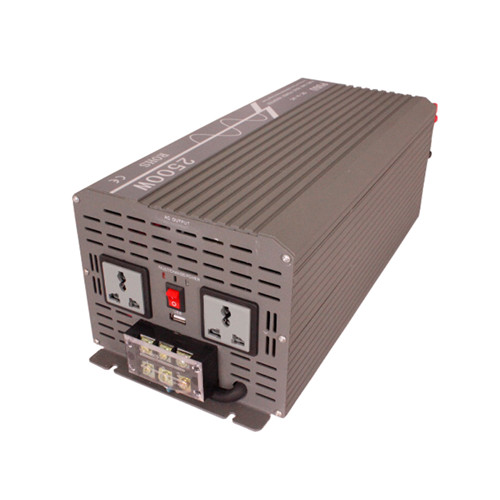
Integrated photovoltaic (PV) inverters have revolutionized the way we generate and use solar energy. These devices convert the direct current (DC) produced by solar panels into alternating current (AC), which is suitable for household use or integration into the electrical grid. What makes these inverters particularly appealing is their ability to seamlessly manage energy produced from solar panels while also storing energy for later use. This capability is essential for maximizing energy efficiency and ensuring a stable power supply.
Off-grid photovoltaic systems are ideal for locations where grid access is limited or non-existent. By utilizing energy storage inverters, these systems store excess energy generated during sunny days for use at night or during periods of low sunlight. This self-sufficiency not only reduces dependency on traditional energy sources but also promotes sustainable living. Homeowners can enjoy energy independence while reducing their carbon footprint, making off-grid systems an environmentally friendly choice.
In contrast to off-grid systems, grid-tied energy storage inverters allow users to remain connected to the electrical grid. This configuration offers several advantages, including the ability to sell excess energy back to the grid, potentially generating income. Grid-tied systems automatically switch between solar power and grid power based on availability, ensuring a continuous supply of electricity. This flexibility makes them a popular choice for urban dwellers who want to harness solar energy but may not have enough space for extensive storage solutions.
When selecting an integrated photovoltaic inverter, several factors need to be considered. The size of the system should correspond to the household’s energy consumption, while also accounting for possible future expansions. Additionally, it is crucial to select an inverter with high efficiency ratings to ensure maximum energy conversion. Users should also evaluate the durability and warranty options provided by manufacturers, as these indicate the reliability and longevity of the inverter.
The ongoing advancements in integrated photovoltaic technology and energy storage solutions are paving the way for a more sustainable energy future. As efficiency improves and costs decrease, more households are likely to invest in solar energy systems. Whether opting for an off-grid or grid-tied setup, homeowners can look forward to reduced energy bills, enhanced energy independence, and a smaller ecological footprint. Embracing integrated photovoltaic solutions is not just a smart move for individual consumers; it represents a significant step toward a cleaner and more sustainable world.
Next:Understanding Frequency Mixing vs. Frequency Conversion in Inverters
Previous:Understanding Hybrid Inverters The Future of Energy Solutions